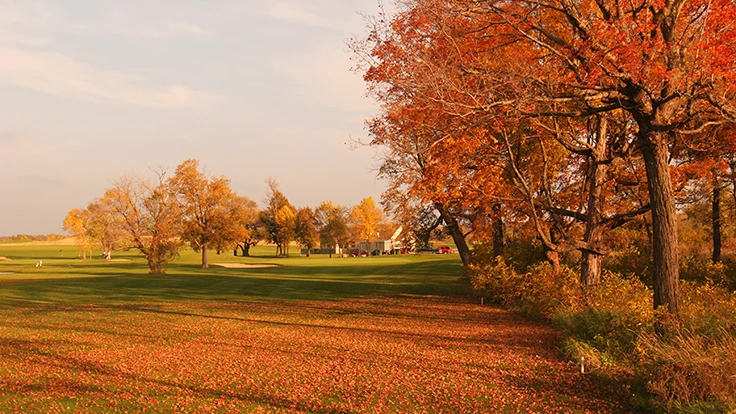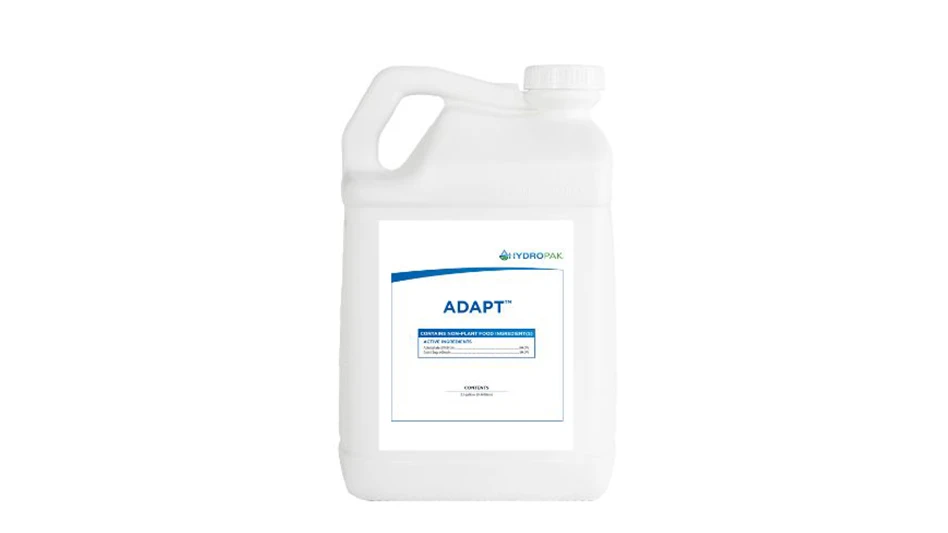
Fall's arrival is a welcome sight for most golf course superintendents. Summer's heat is behind them and the days are shorter and the nights are cooler. It is a time to exhale from the warm season stresses and watch the leaves change color while the greens speed up.
However, there are a few projects and opportunities that still require the successful superintendent’s attention. The first and perhaps most important is to prepare your leaf removal program. It is also important to note that the heavier the tree population at the property the more resources that will be required to keep things up to par during the Fall leaf season.
Golfers are attracted to the backdrop of wonderful colors from the maples, oaks and beech trees, but the instant a leaf detaches from the branch and hits the ground it becomes a nuisance (ball hiding, score increasing object) and must be removed.
Here are a few tips to prepare for leaf season and help make the fall golfing season a success.
• Gather all of the equipment needed for leaf removal such as blowers, vacuums and support vehicles conduct a complete inspection and ensure that all are operational. You should also make sure that all required preventive maintenance is up to date. This is also a good time to inspect hand tools such as various rakes, shovels and pitch forks, repair or replace as needed.
• Conduct an inventory for personal protection equipment and make sure you have enough things like ear plugs, light and heavy dust masks and safety glasses to supply the staff for the Fall.
• Post an update in the clubhouse and/or blogs/newsletter outlining the leaf removal schedule and any local rules that may be appropriate during the fall leaf season. If you intend to use maintenance gaps for heavy leaf removal this should be communicated as well. The best seasonal playing conditions will often be immediately following the gap.
• Organize a staff meeting to review the expectations of each associate as the type of work shifts from summer to fall. This is a good time to communicate the fuel requirements for various pieces of equipment (even consider labels under extreme circumstances). Remember to cover schedule and tee time changes as the days get shorter heading from the September Equinox to the December Solstice.
• Leaves and small tree debris represent valuable nutrients and water holding potential in native areas so whenever possible blow or shred leaves in such a way as to complete their life cycle on property. Be creative and save time and money.
Unto everything there is a season, so before you put on the heavy jacket and binge watch college football take a few minutes to review your projects and opportunities this fall.
Latest from Golf Course Industry
- Envu Superintendent Grant Program sending 10 members to 2025 GCSAA show
- Editor’s notebook: Let’s chat about AI
- Wonderful Women of Golf 43: Melissa Gugliotti
- This month on Superintendent Radio Network: December 2024
- Mark Hollinger, ASGCA, dies at 70
- Tartan Talks 102: Chad Goetz
- Don’t fly by the seat of your pants
- Golf Construction Conversations: Reed Anderson





